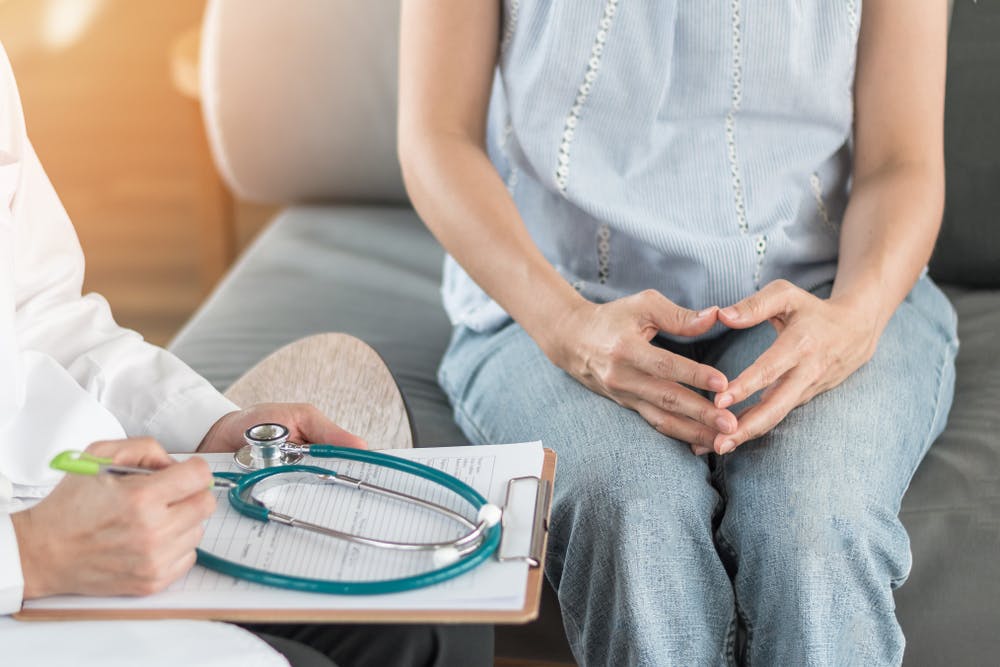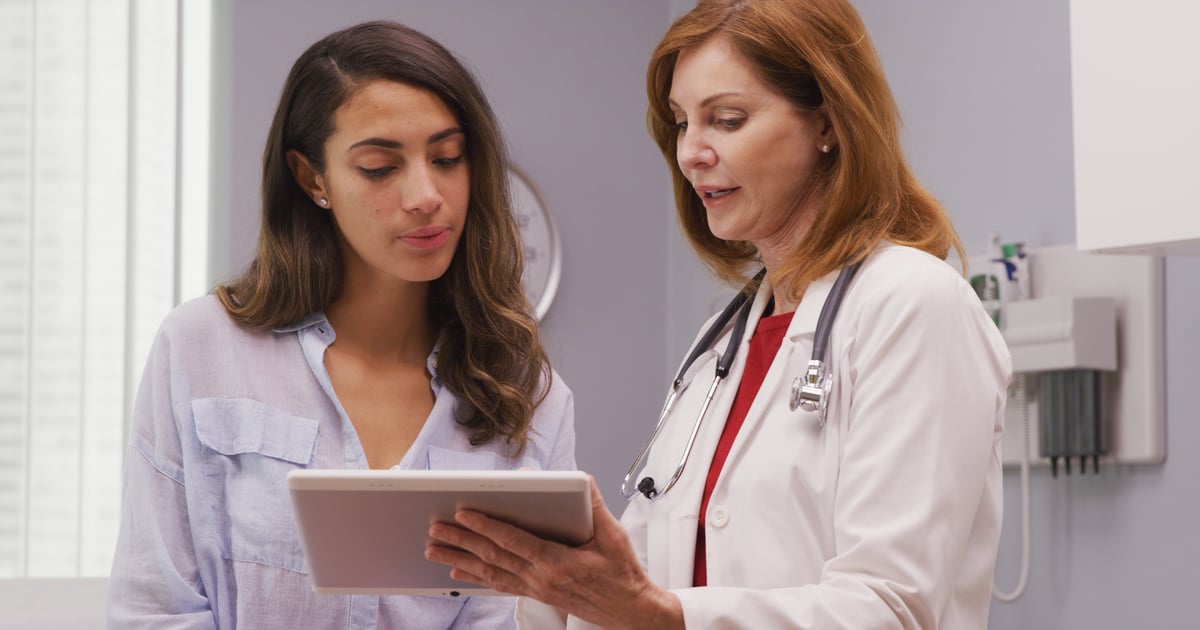Patients with endometriosis typically have irregular menstrual symptoms and active involvement in surgery and medication however, they also need a sensible diet that regulates the body and promotes physical healing. You can also search online to get more information on nutrition for endometriosis.

Image Source: Google
There are also a lot of rules of the food chain. Let present some food items that are suitable for patients suffering from endometriosis, to lessen the inflammation in the internal body, increase the body's response to pain, and maintain the estrogen production within the body.
1. B vitamins and vegetables
A healthful liver enriched with B vitamins can devalue estradiol. It is an estrogen-like substance mixed with fiber and released by the human body. It is important to obtain sufficient fiber and B vitamins from green vegetables to aid the body in dealing with the constant decomposition process of estrogen that circulates.
Green leafy vegetables can also aid the immune and nervous systems and magnesium relax soft muscles of the uterus and gut. Cruciferous vegetables are the best choice like beans, cabbage broccoli, kale, and horseradish. and watercress.
2. Foods rich in iron
Endometriosis can trigger excessive bleeding, which is why it's crucial to replenish the iron that is lost. There are two kinds of iron present in the food we consume: proteins that contain heme iron and non-heme iron from plant sources. Non-heme iron can be found in leafy green vegetables beetroot, dried apricots, beetroot, and even pure chocolate. Heme iron is derived from eggs, red meat, and fish.


